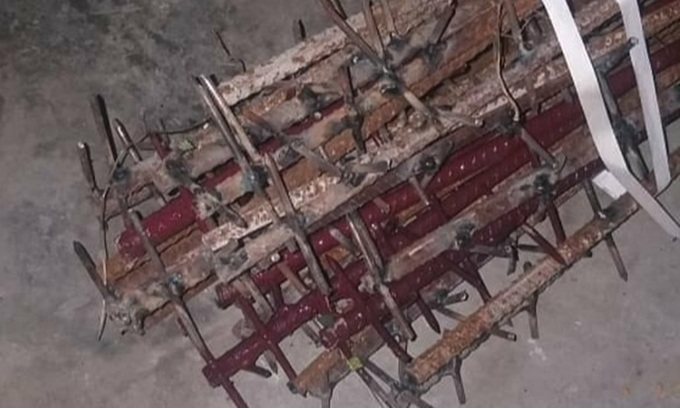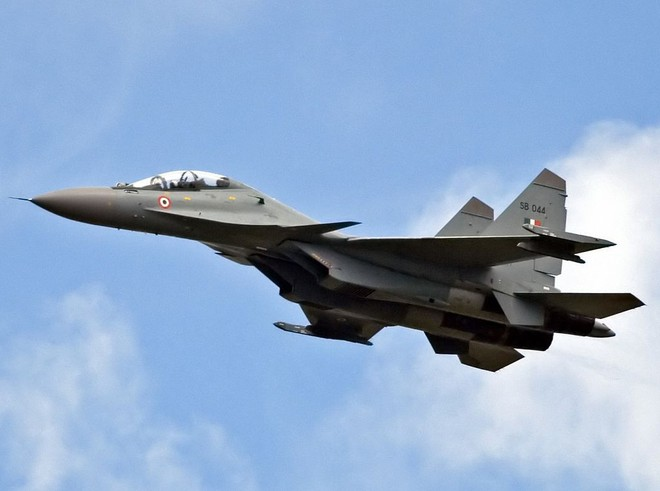Can India win US and UK's support to refrain China amid rising stand-off ?
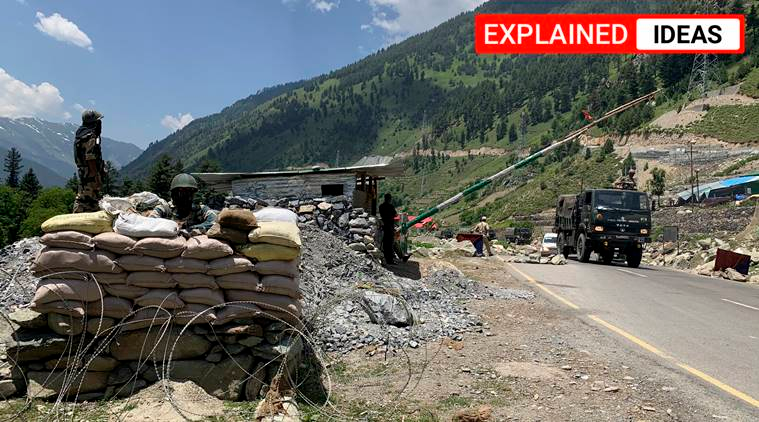 |
| Indian soldiers keep guard as an army convoy moves on the Srinagar-Ladakh highway at Gagangeer on Thursday, June 18, 2020. (AP Photo) |
The border stand-off with China has made it crucial for India to rethink all its strategic options. Can it use the growing anti-China sentiment across the world to its advantage?
The moment seems ripe, writes Pratap Bhanu Mehta, contributing editor, The Indian Express, in his latest column. “The degree of global alienation with the Xi Jinping regime is unprecedented. But can this be translated into concerted global action to exert real pressure on China?”
Many strategic experts are salivating at the prospect of India deepening its alliance with the US. In reality, India’s options may be limited, Mehta points out.
“It is an odd moment in global affairs, where there is recognition of a common challenge emanating from China, but no global appetite to take concerted action.”
Look at the global response to China’s Belt and Road Initiative (BRI). “Many countries are struggling to meet their BRI debt obligations. Many Chinese loans have become a millstone around the debtor countries’ necks. But it is difficult to see the rest of the international community helping all these countries to wean their regimes away from dependence on Chinese finance. Similarly, there are now great concerns over frontier areas of conflict like cyber security and space,” Mehta writes.
But why is that?
“International relations”, Mehta says, “are formed in the context of a country’s development paradigm”. The US-China relationship for example, may have had its origins in the strategic attempt to create a Sino-Soviet split, “but for decades, this relationship was sustained not by a strategic logic, but by the logic of the political economy of development in both the US and China, where they reciprocally depended on each other”. This US-China arrangement largely benefitted big businesses in America at the expense of its own domestic manufacturing base.
But the political legitimacy of this development model has waned in recent years.
The question before India is whether its development needs will fit into the emerging US development paradigm. That is, “Will a US hell-bent on bringing manufacturing jobs back to the US, easily gel with an “atma nirbhar” Bharat?”
Mehta concludes: “We are in a paradoxical world where the strategic necessity of the rest of the world to come together on China has never been higher; yet the appetite for concerted action has never been weaker. Fundamentally, few countries are going to put their money where their mouth is.”
The efforts of the international community will, therefore, be to try and throw cold water on the India-China conflict as “no one has a serious stake in the fate of the terrain India and China are disputing”.
At the end of the day, Mehta underlines, “India has to manage China and Pakistan largely on its own.”
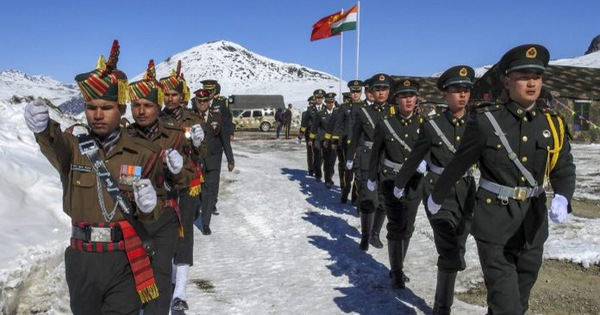 |
India-China confrontation: New Delhi admits deploying troops with the same number of opponent troops
Amid India -China tension, India acknowledged for the first time that it had deployed its troops on the same number of Chinese troops in the ... |
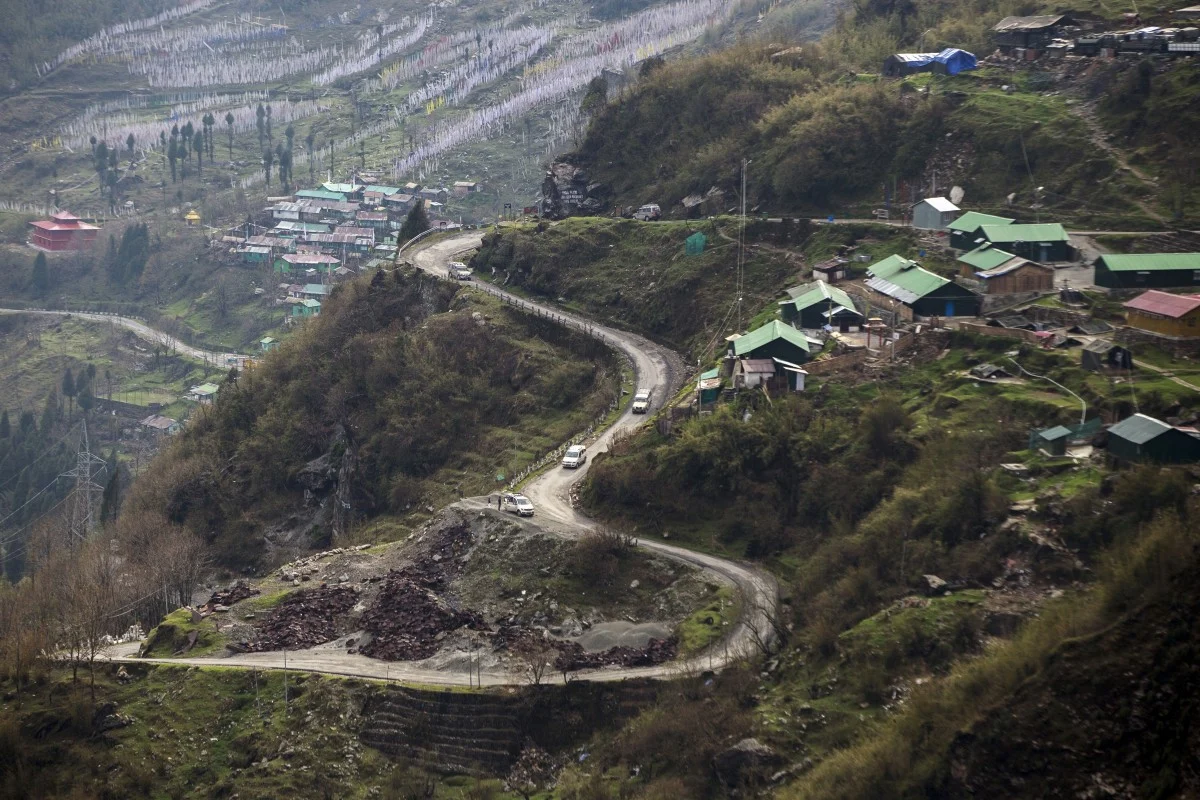 |
Clash between Indian and Chinese soldiers in cross-border
A violent clash between Indian and Chinese soldiers broke out at a strategic mountain pass in the Himalayas on Saturday, May 9. Troops also threw ... |
| China, India boost global booze binge: Study
The world consumed 10 per cent more alcohol per adult in 2017 than in 1990, due in large part to heavier and more widespread drinking ... |
In topics
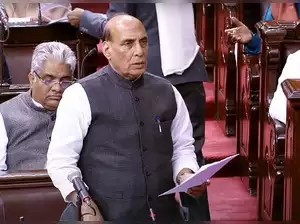 World
World
China’s Bid to ‘Change Status Quo’ on LAC Thwarted, says Indian Defence Minister Rajnath Singh
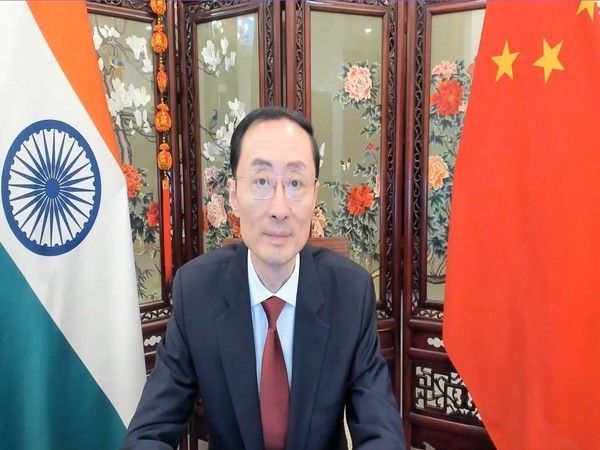 World
World
Enough Room in World for China, India; Let's Not Interfere in Other's Affairs, Says Outgoing Envoy
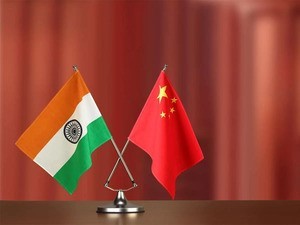 World
World
India, China to Complete Disengagement in Gogra-Hotsprings by September 12, MEA Says
 World
World
Chinese hackers connection still active in Indian computer systems, US firm said
Recommended
 World
World
Thailand Positions Itself As a Global Wellness Destination
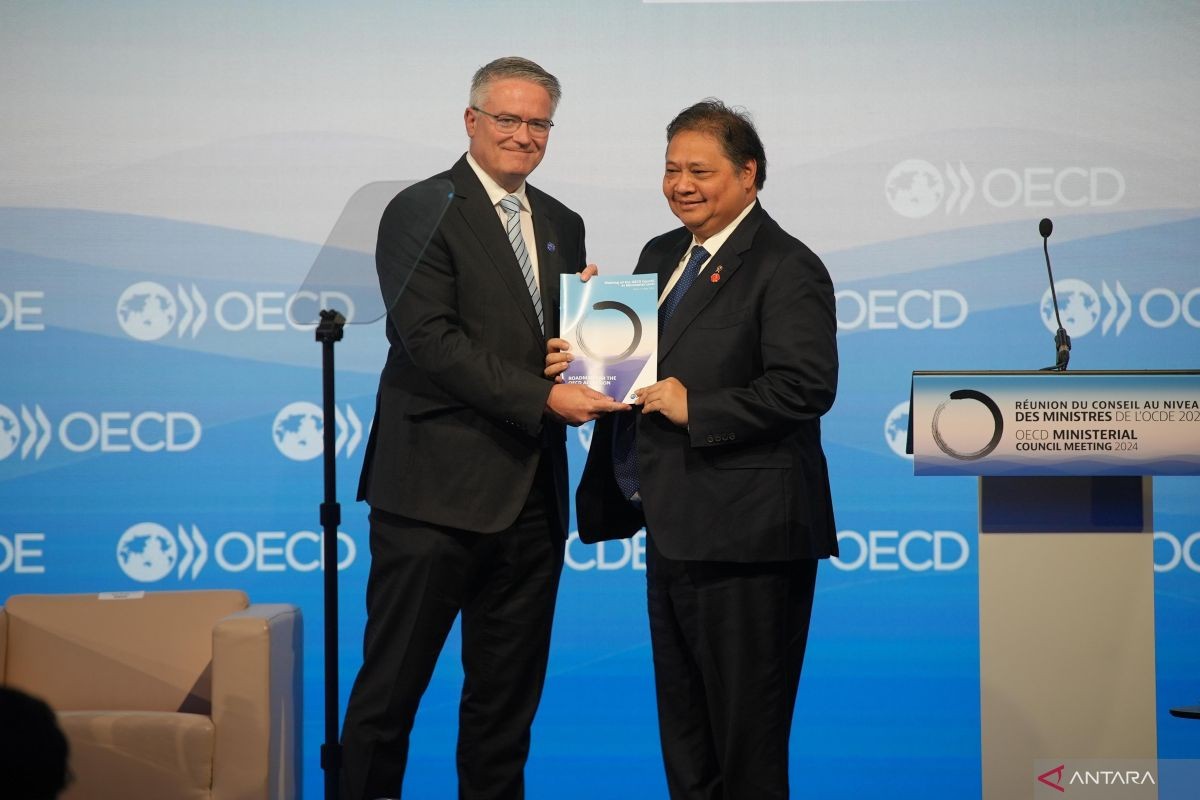 World
World
Indonesia Accelerates Procedures to Join OECD
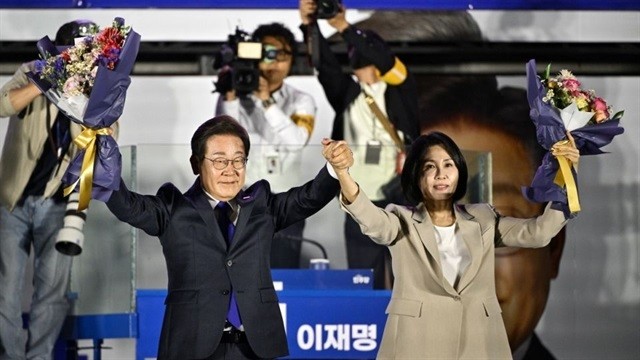 World
World
South Korea elects Lee Jae-myung president
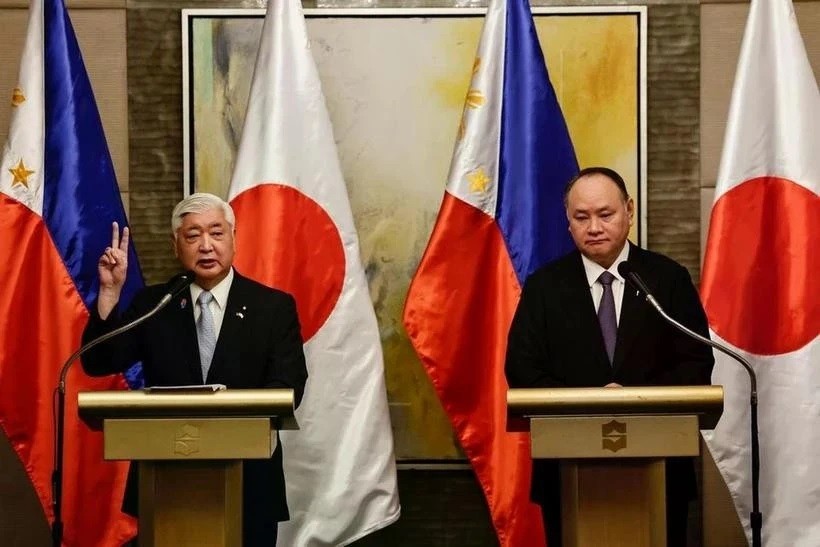 World
World
22nd Shangri-La Dialogue: Japan, Philippines boost defence cooperation
Popular article
 World
World
Pakistan NCRC report explores emerging child rights issues
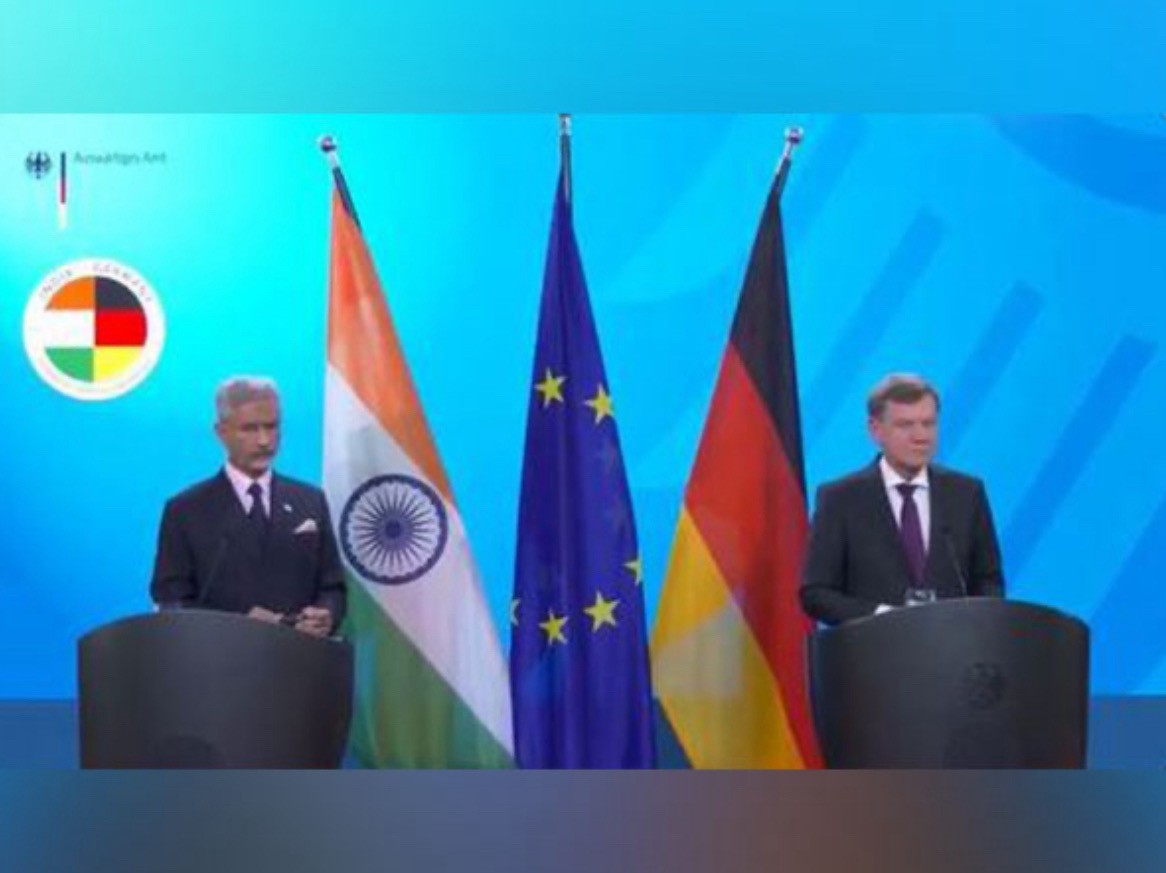 World
World
"India has right to defend herself against terror," says German Foreign Minister, endorses Op Sindoor
 World
World
‘We stand with India’: Japan, UAE back New Delhi over its global outreach against terror
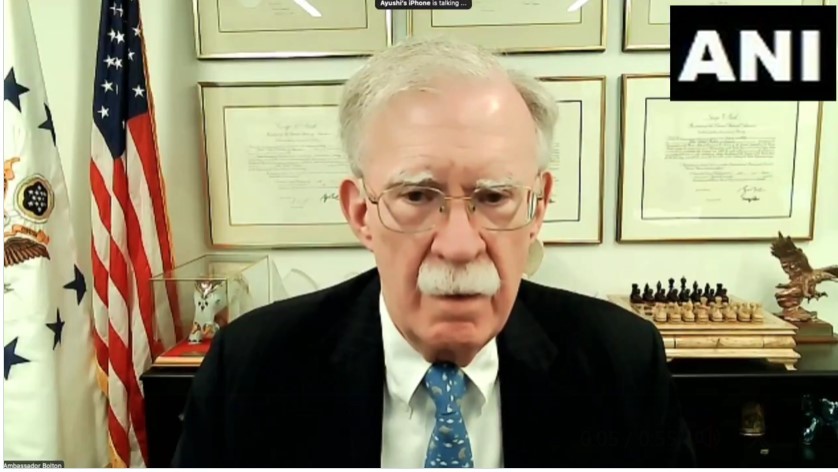 World
World

